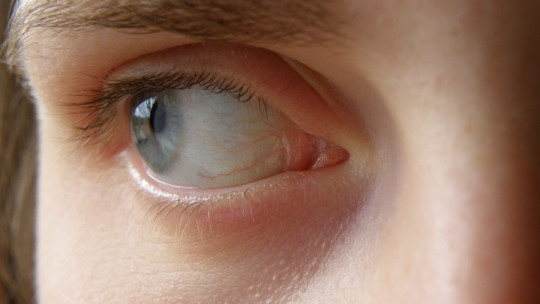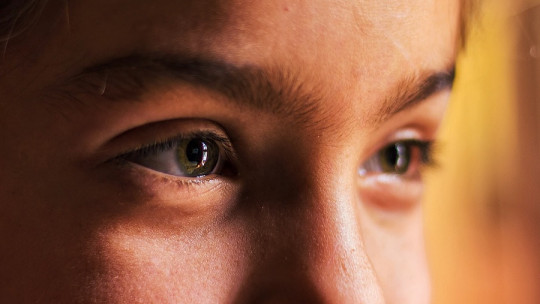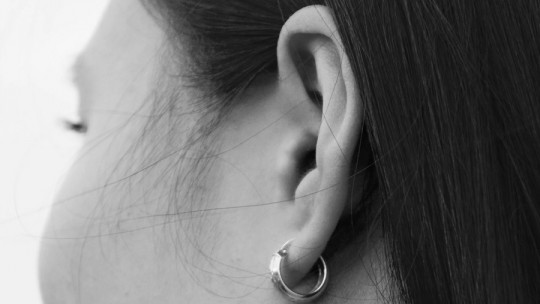
It has happened to all of us that, while out partying and being in a disco, we have approached someone to talk to them and, despite the noise, we have understood more or less what they were telling us.
This, which seems surprising, has a name, and coincidentally it is closely related to the field of leisure. The cocktail party effect is being able to differentiate between the sound that interests us from those that may be a distraction.
This effect has its importance at an evolutionary level, and that is why it has been addressed experimentally. If you want to know more about what it is and what theories have tried to explain it, we invite you to continue reading this article.
What is the cocktail party effect?
The cocktail party effect is a phenomenon that consists of focusing auditory attention on a particular acoustic stimulus, while trying to filter and eliminate the rest of the stimuli that can act as distractors.
The name of this phenomenon is quite representative of the effect, since, if we think about it, at a party, when we are talking to a guest, we try to filter what they are saying to us and ignore the music and other conversations that may be happening in a different way. simultaneously, forming the background.
Thanks to this phenomenon, we are able to differentiate between the voice of the person with whom we are having a conversation from that of the rest of the people who may be making up the acoustic background of the environment in which we are finding ourselves.
This same phenomenon is also what allows us, without being completely focused on other conversations, to be able to attract attention when a word that is important to us is mentioned such as being called by our name.
Neurological bases
Research has tried to find out what the neurological bases behind the cocktail party effect are. This phenomenon has a great evolutionary advantage, since it allows us to differentiate between the sound stimuli that interest us from those that can act as distractors. Because of this, It is implicit that there must be some mechanism at the brain level that gives an explanation.
Auditory attention occurs mostly in the superior temporal gyrus of the right hemisphere, where the primary auditory cortex is located. There is an entire neural network involved in the process of locating sounds from the environment. This network, which is frontoparietal, includes the inferior frontal gyrus, the superior parietal sulcus, and the intraparietal sulcus. These areas are involved in attentional shifting, speech processing, and attention control.
The cocktail party effect It works when the person has full functionality of both ears. That is, for this phenomenon to occur appropriately, it is necessary for the person to have binaural hearing in good condition. Having two ears allows you to locate up to two sound sources satisfactorily, in addition to attributing distance and acoustic properties to them.
Theories of attention
Not all the acoustic information that a person may be exposed to is processed by their brain. Multiple theories have been proposed to try to explain the fact that, when faced with an environment in which multiple sound stimuli are presented, we are able to distinguish between what interests us and what constitutes the background.
Next We will see some of the most important proposals that have tried to explain it to the cocktail party effect phenomenon:
1. Broadbent
Donald Broadbent, conducting several experiments with dichotic listening observed that participants were more likely to remember those sound stimuli to which they had consciously paid attention compared to those to which they had not.
For example, if they were given two headphones and asked to pay more attention to what was heard through one of the two, participants would typically say exactly the same thing that they had heard through one of the two speakers.
Based on this, Broadbent proposed that attention, and in this case auditory attention, had a kind of filter That is, we consciously select what we want to hear from what we do not want to pay attention to.
The way this filter works would be as follows: first, the information enters the brain through the ear and associated nerves, then it is stored in sensory memory so that, later, we pay conscious attention to it and select what interests us.
Before information is processed, the filter mechanism only allows important information to pass to higher processes. Once this is done, goes to working memory, where it will be used for the conversation being held or, if you are paying attention to something, it will be stored in long-term memory.
However, Gray and Wedderburn subsequently scuttled Broadbent’s model. They carried out an experiment with dichotic listening as well, only this one had certain peculiarities. The participants were made to listen to the following phrase ‘Dear, one, Jane’ in one ear, while in the other they heard ‘three, Aunt, six’. ‘). Participants recalled hearing a mixture of both phrases, with ‘Dear Aunt Jane’ being the most common instead of numbers.
2. Treisman
Anne Treisman proposed the attenuation model. This model maintains that information, once it has passed through filters, is not completely blocked, unlike what emerges from Broadbent’s model.
Instead of being ignored completely, uninteresting information is attenuated, that is, it loses power, but it is still there. This means that, due to carelessness or a distractor, it can subsequently move on to higher attention processes.
To better understand this idea: if we are talking to someone at a party, it is normal that we do not pay attention to what the other conversations are saying. But, If someone mentions our name, even though we weren’t paying attention at first, we’re likely to turn away and let’s see who said it. This is because our name, no matter how muffled it may be among the background noise, is something that has great meaning to us.
3. Kahneman
Finally, in Daniel Kahneman’s model for auditory attention, a difference can be noted with respect to previous models. Unlike Broadbent, Kahneman does not speak in terms of filters but of capacity. Attention is seen as a resource that has to be distributed among several stimuli.
Attention is more efficient the better the person’s arousal, that is, if the person has little energy and reduced concentration, their attention will also be lower.
This means that the more tired you are, the less likely it is that the cocktail party effect will occur, causing the person to have serious difficulties in efficiently discerning between the conversation they are having and the rest of the acoustic stimuli.
Cocktail party effect and hearing loss
The cocktail party effect only occurs if you have binaural hearing, that is, you hear correctly through both ears. Those people who suffer from some type of deafness, whether total or partial, will find it significantly difficult to locate sound sources in space, in addition to distinguishing between what their conversationalist is saying and the sounds coming from the background.
For this reason It is common for people who have one ear affected to have a harder time discriminating against background noise ; They are more distracted by interference that may exist in the environment, in addition to not attending satisfactorily to the conversation they are having.
It is for this reason that common situations such as going out to a noisy place or a family gathering, in which several conversations can take place at the same time, are really frustrating situations for those people who suffer from some type of hearing disability. It is difficult for them to concentrate their auditory attention on the stimulus they really want to hear.








